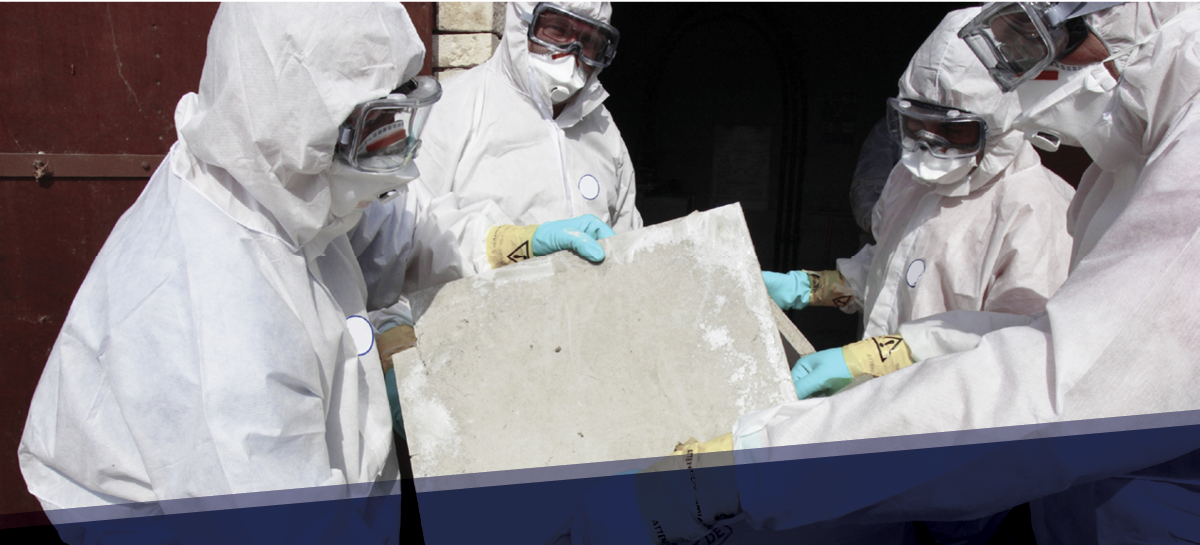Meet Christine Delisle - Sr. Marketing Coordinator
At Abatement Technologies, our employees aren’t just staff members. They’re Aire Guardians. From engineering and design to sales and administration, every team member plays a part in keeping people safe with clean air.
Recently, we sat down with Christine Delisle who serves as the senior marketing coordinator at Abatement Technologies to talk about her journey as an Aire Guardian.
Becoming an Aire Guardian
Christine has been Aire Guardian for 5 years. Her role began in the marketing department when there were only two people in the department, offering basic marketing services before expanding to a team of four in 2019.
“Having additional resources in the department has really allowed us to foray into new areas of marketing technology that perhaps we weren't able to do with only two of us” said Delisle.
Christine’s bachelor’s degree in languages has been a very valuable skill in her role at Abatement. With a strong background in French, she’s helped the marketing team communicate better with the Quebec staff and customers.
“We were able to do a translated copy of our website. We've also been able to get all of our marketing materials translated. So I've been happy to assist with that,” shared Delisle.
Jill of all Trades
Christine has been responsible for many things at Abatement including organizing trade shows, trainings, webinars, content creation, data integrity, and much more. When asked about how her role has evolved, Christine expressed the following:
“I've had an opportunity to do a lot of varied things. My whole career, I've been sort of "Jill of all trades," and maybe not master of all but certainly able to handle most of it. I think that the growth of Abatement Technologies has certainly given me these additional opportunities to do things that I haven't done before.”
For Christine, working at Abatement Technologies is more than doing interesting tasks. It’s about working together with great people. Here’s how she put it, “I work with incredibly creative and talented people every day, and the rapport that we've built up as a team just does make it a joy to come to work every day.”
All Under One Roof
At the time of our conversation, we were only a few months away from moving into our new company headquarters. We asked Christine how she feels about the big move.
“I think it's going to be very exciting for all of us to be under one roof because right now, we're spread out over three different campuses. And just to see everyone on a daily basis, I think is going to be really enjoyable and exciting.”
To wrap up our conversation, we asked Christine one of our favorite questions, “what would Abatement not be the same without?” She shared:
“It wouldn't be the same without the Harber family and sort of the culture that they've created in the company. I really admire Andrew Harber, CEO, because he rolled up his sleeves and he worked side by side with other levels of management and administration, building equipment during the pandemic.”
Does a career at Abatement Technologies sound right for you? Find opportunities here.


